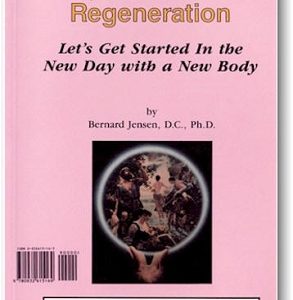Description
Iridology Simplified an Introduction to the Science of Iridology and its Relation to Nutrition by Bernard Jensen, PhD, D.C. Ebook
WHAT IS IRIDOLOGY?
Iridology is the science and practice that reveals inflammation, where it is located, and in what stage it is manifesting. The iris reveals the body’s constitution, inherent weaknesses, levels of health, and the transitions that take place in a person’s body according to the way he lives.
Iridology is the science of analyzing the delicate structures of the iris of the eye. The iris is that portion of the eye that carries the color. Iris was the goddess of the rainbow in Greek mythology; she was also the messenger of the gods in the Iliad. Under magnification, the iris reveals itself to be a world of minute detail, a land of many features.
The iris represents a communication system capable of handling an amazing quantity of information.
The code reveals itself in the character of the individual iris fibers.
There are uncounted numbers of these fibers present. The combinations of various fiber characters make up an infinite variety.
Presently, as in the past, many primary healthcare doctors have used this form of analysis along with other diagnostic techniques to facilitate a more complete understanding of their patients’ healthcare needs.
The eyes have been proclaimed throughout the ages as the window of the soul. We now acknowledge them as the mirror of the body.
Manifestations in and about the eyes have long been used to gain insight into a person’s state of health. Today it is realized that the information revealed in the eyes is greater than was formerly imagined.
A closer inspection with the tools made available by our expanding technology is revealing the iris to be a microcomputer readout of bodily function and condition that truly merits every thinking man’s honest and fair-minded consideration.
Through the application of iridology, it is possible to observe normal and abnormal reflex signs. It does not compare all people together to create a normal, but rather compares an individual’s strengths to their weaknesses; a weak organ in a strong body produces different characteristics, yet it is still a weakness for that person.





Reviews
There are no reviews yet.